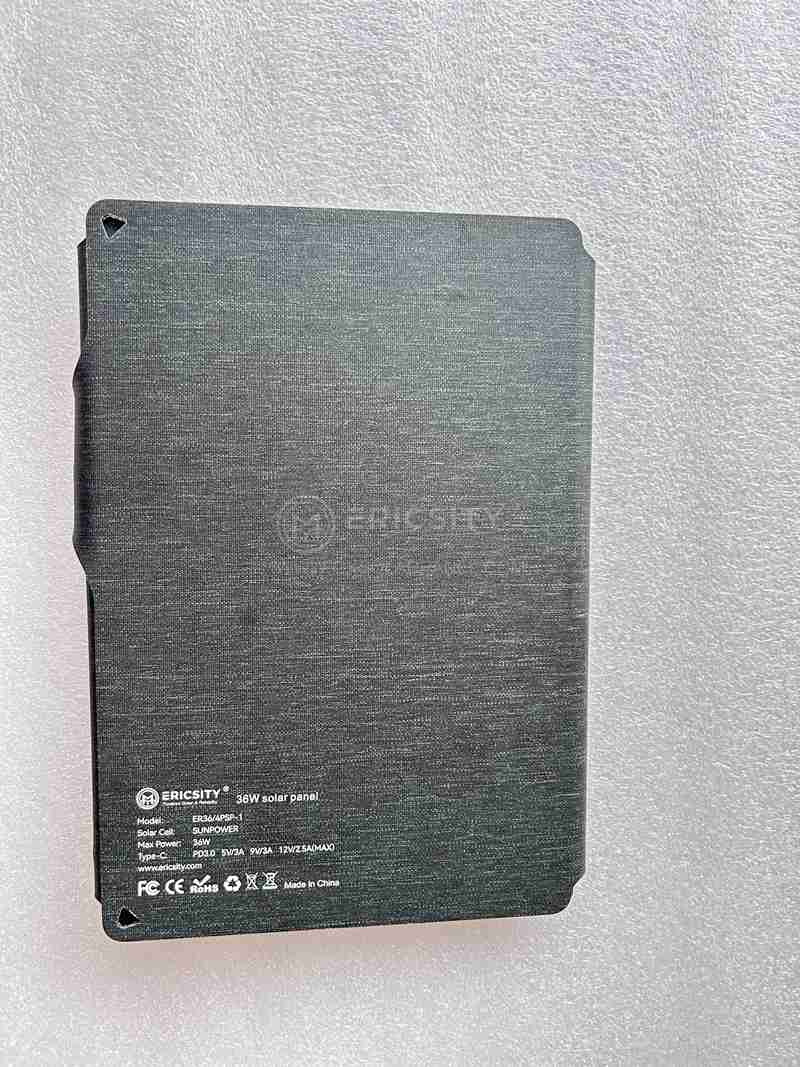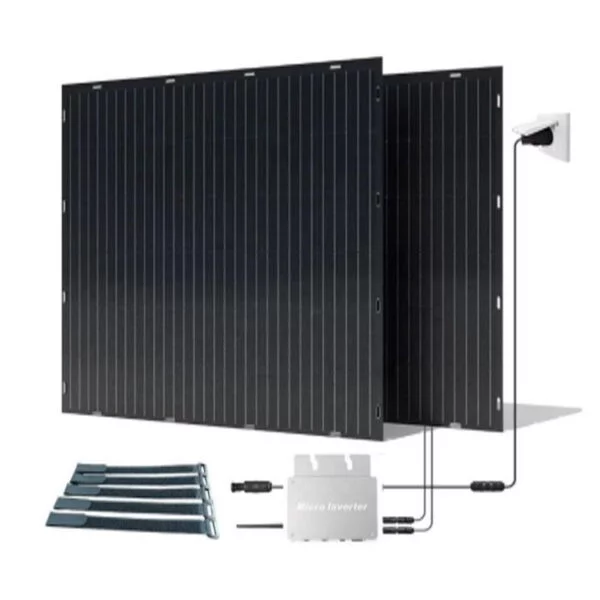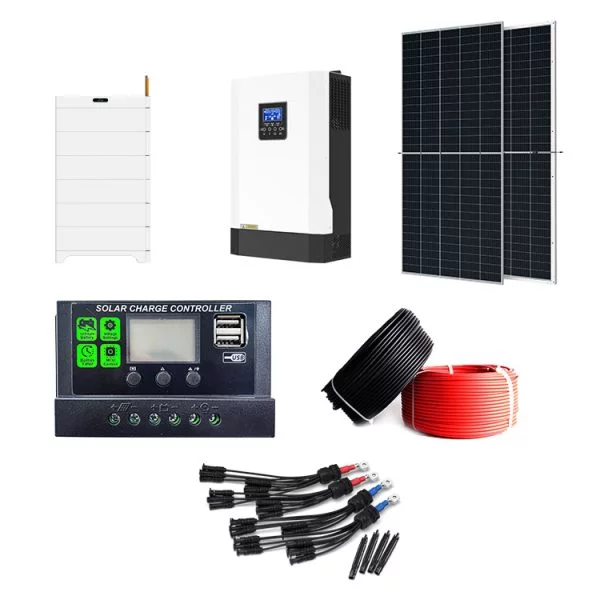HOT PRODUCT
Product Details
Maximizing Energy Independence: Residential Solar Panel Cost Trends
Maximizing Energy Independence: Residential Solar Panel Cost Trends
Introduction
As the world transitions towards cleaner and more sustainable energy sources, solar power has emerged as a viable option for residential energy production. With an increasing number of homeowners looking to reduce their carbon footprint and save on electricity bills, the adoption of residential solar panels has witnessed a significant rise in recent years. Understanding the cost trends associated with residential solar panel installations is crucial for individuals aiming to maximize their energy independence while making economically sound decisions. This article explores the cost trends of residential solar panels, providing insights into the factors influencing their pricing and outlining strategies for optimizing energy independence.
Factors Influencing Residential Solar Panel Costs

Several factors influence the cost of installing residential solar panels. Understanding these factors helps homeowners evaluate the feasibility and cost-effectiveness of solar installations.
1. System Size: The size of the solar panel system required to meet an individual’s energy needs significantly influences the overall cost. Larger systems with higher capacity cost more but generate a greater amount of electricity.

2. Panel Efficiency: The efficiency of the solar panels directly affects the cost per watt. High-efficiency panels tend to cost more upfront but can generate more electricity in limited roof space.
3. Installation Costs: The costs associated with installing solar panels include labor, equipment, permits, and wiring. Factors such as mounting type, roof complexity, and local regulations impact the overall installation cost.
4. Location: The geographic location plays a role in determining the potential of solar energy generation. Areas with higher solar irradiation have greater solar energy potential, leading to more efficient and cost-effective installations.
5. Incentives and Tax Credits: Government incentives and tax credits aim to promote renewable energy adoption. These incentives can significantly offset the initial investment and lower the overall cost of solar panel installations.
Residential Solar Panel Cost Trends
Over the past decade, residential solar panel costs have experienced a sharp decline due to technological advancements, improved manufacturing processes, and increased market competition. According to the Lawrence Berkeley National Laboratory, the average cost of installed residential solar systems has dropped by over 65% since 2010.
The solar industry follows the trend of Moore’s Law, which suggests that the cost of solar panels decreases by approximately 20% for every doubling of cumulative shipped volume. As more solar panels are manufactured and deployed, economies of scale are achieved, resulting in reduced production costs and overall prices.
Optimizing Energy Independence with Solar Panels
To maximize energy independence through solar panel installations, homeowners can consider the following strategies:
1. Evaluate Energy Needs: Conduct an energy audit to determine the electricity consumption patterns. Understanding the energy needs will help size the solar panel system accordingly, maximizing efficiency and reducing unnecessary costs.
2. Financing Options: Explore financing options such as solar leases, power purchase agreements, or loans to make the installation more affordable. Payback periods and return on investment should be considered when evaluating different financing options.
3. Research and Compare Installation Quotes: Obtain multiple quotes from reputable solar installation companies. Comparing the quotes allows homeowners to secure competitive pricing and ensure quality workmanship.
4. Monitor Energy Production: Invest in energy monitoring systems to track the solar panel system’s performance. This helps identify any issues promptly and enables proper maintenance, maximizing energy production.

Conclusion
The cost trends associated with residential solar panel installations continue to make renewable energy more accessible to homeowners seeking to maximize their energy independence. Understanding the various factors that influence the cost of solar panels empowers individuals to make informed decisions. As technology advances and economies of scale are realized, residential solar panel installations have become increasingly affordable. By evaluating their energy needs, researching financing options, and monitoring energy production, homeowners can harness the benefits of solar energy, reduce their reliance on the grid, and contribute to a greener future.




